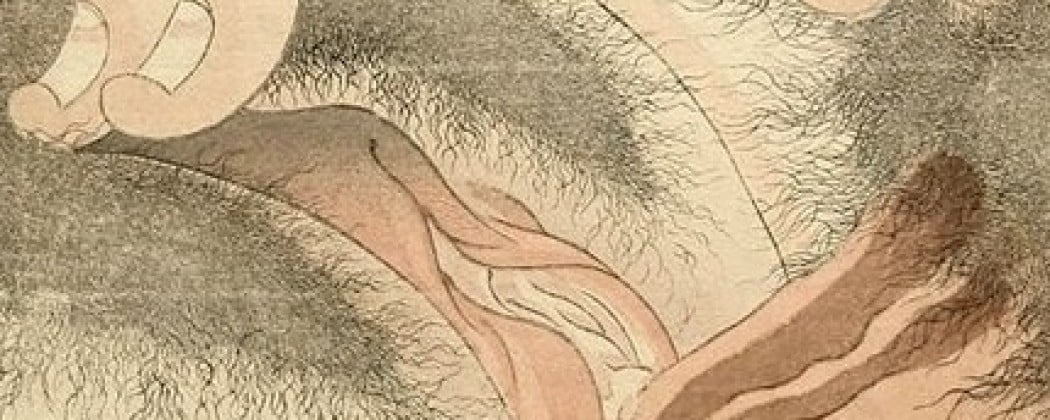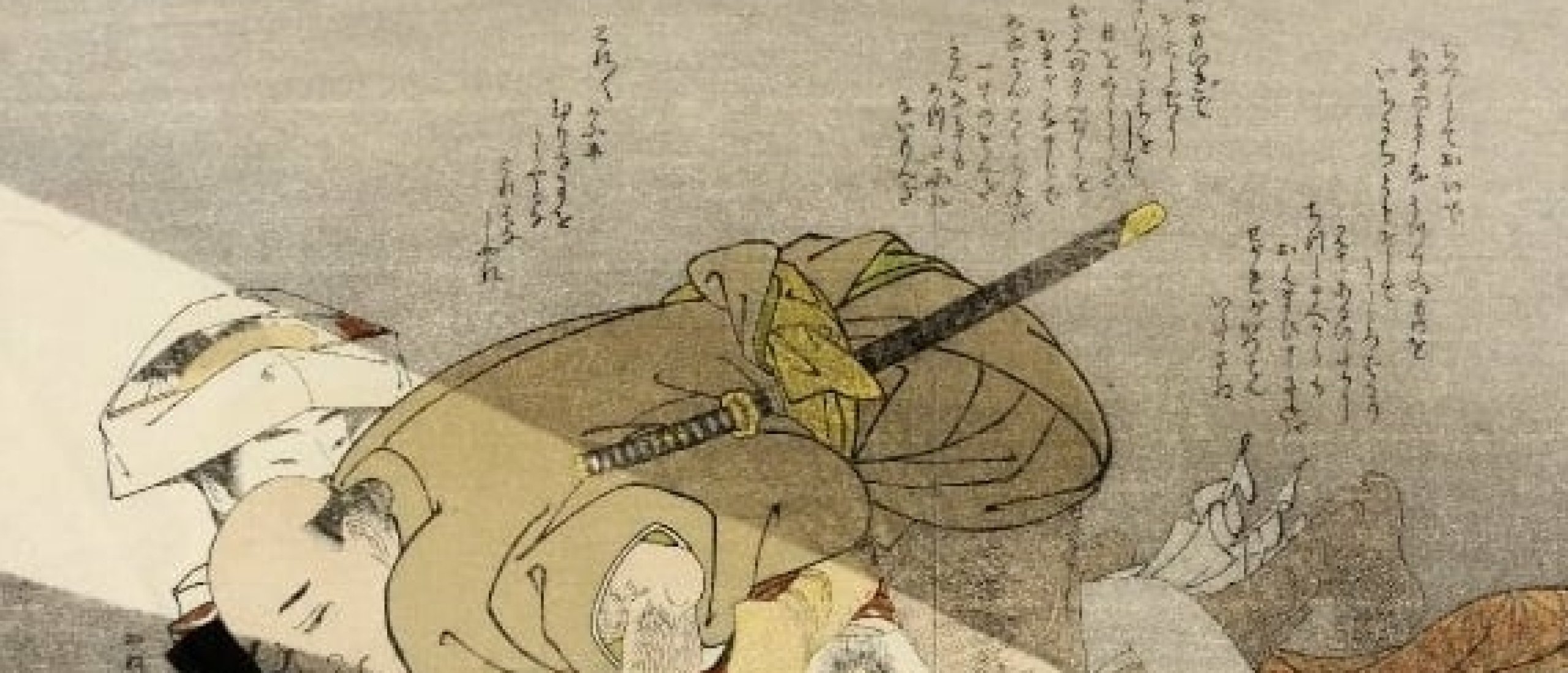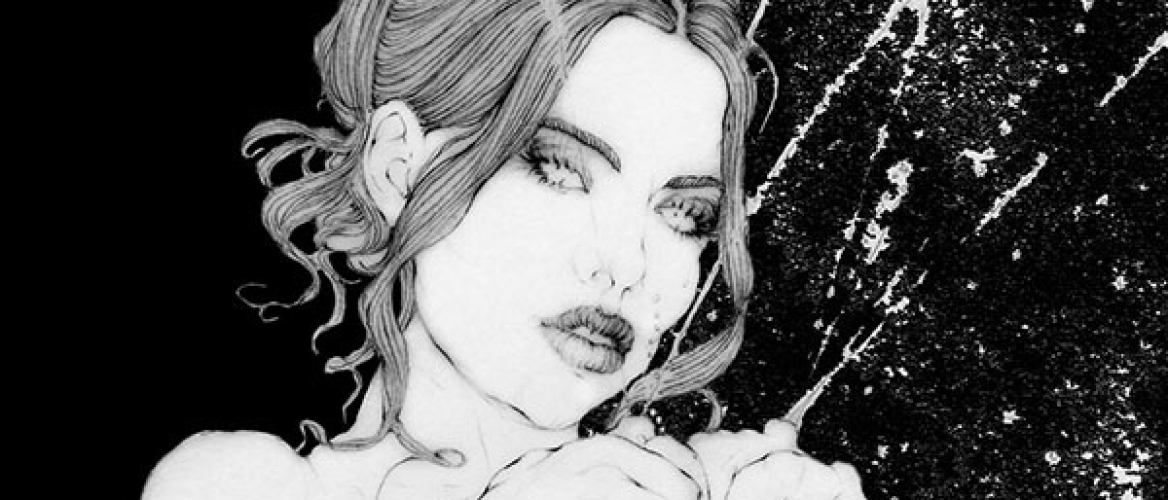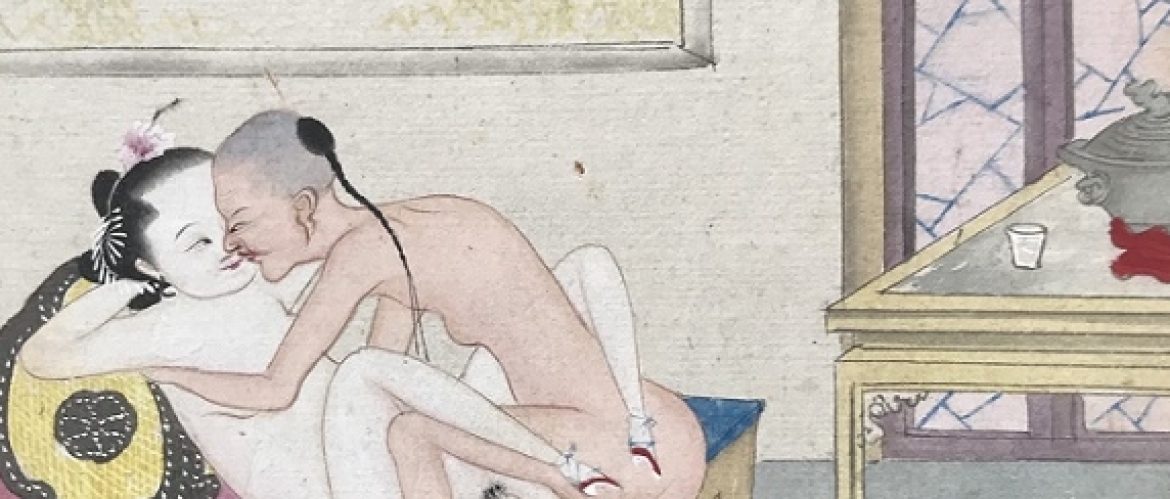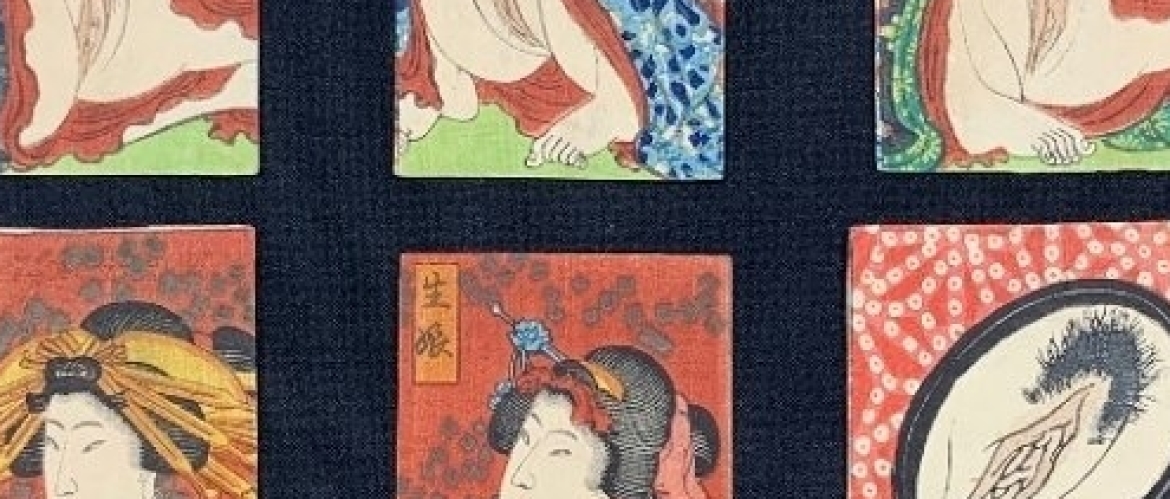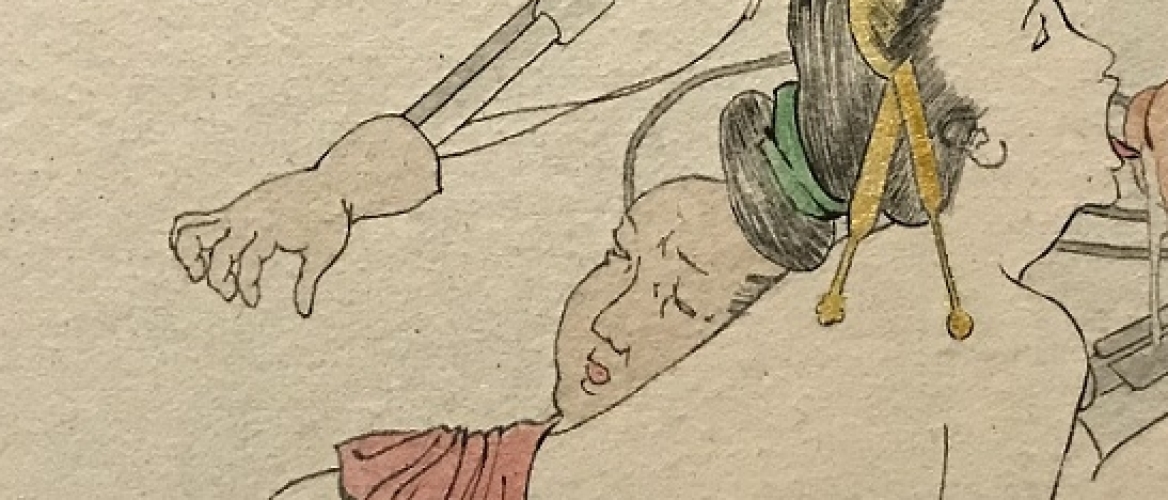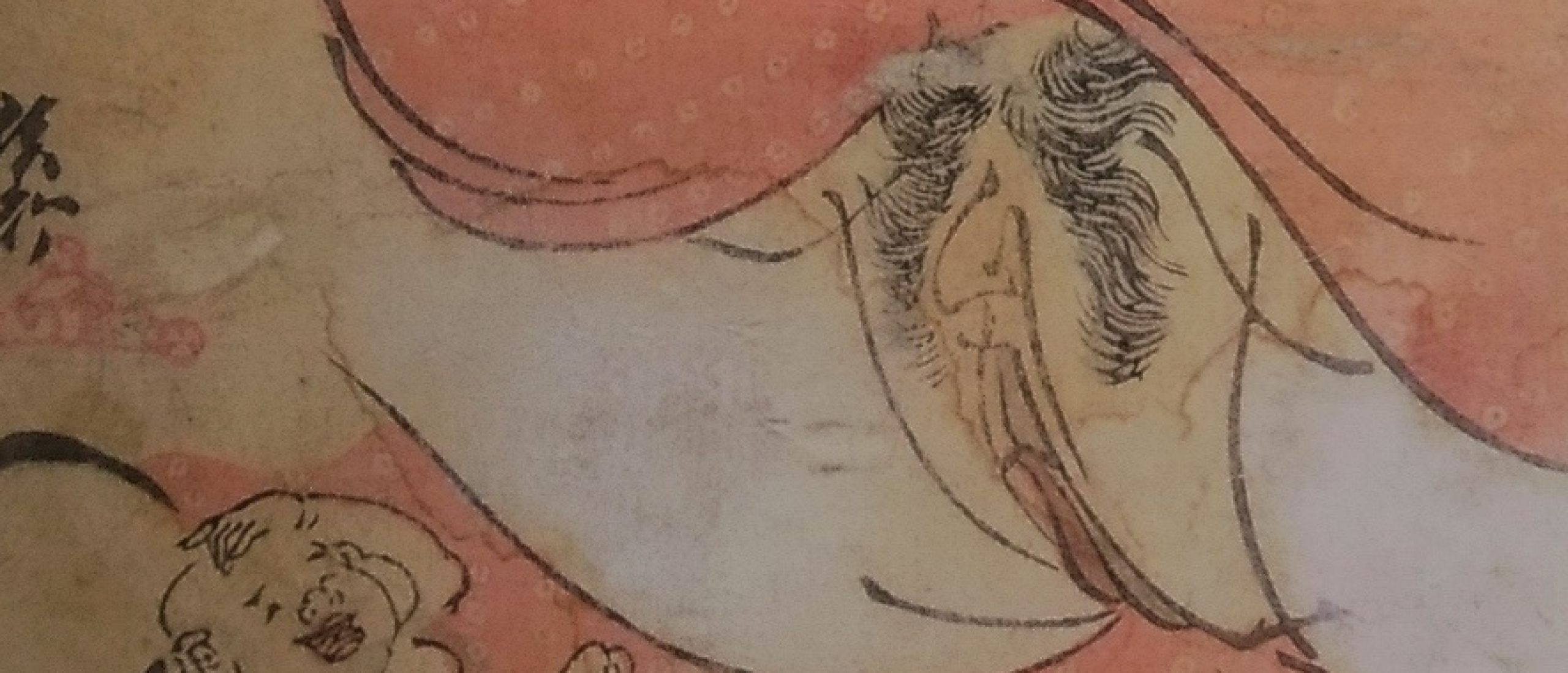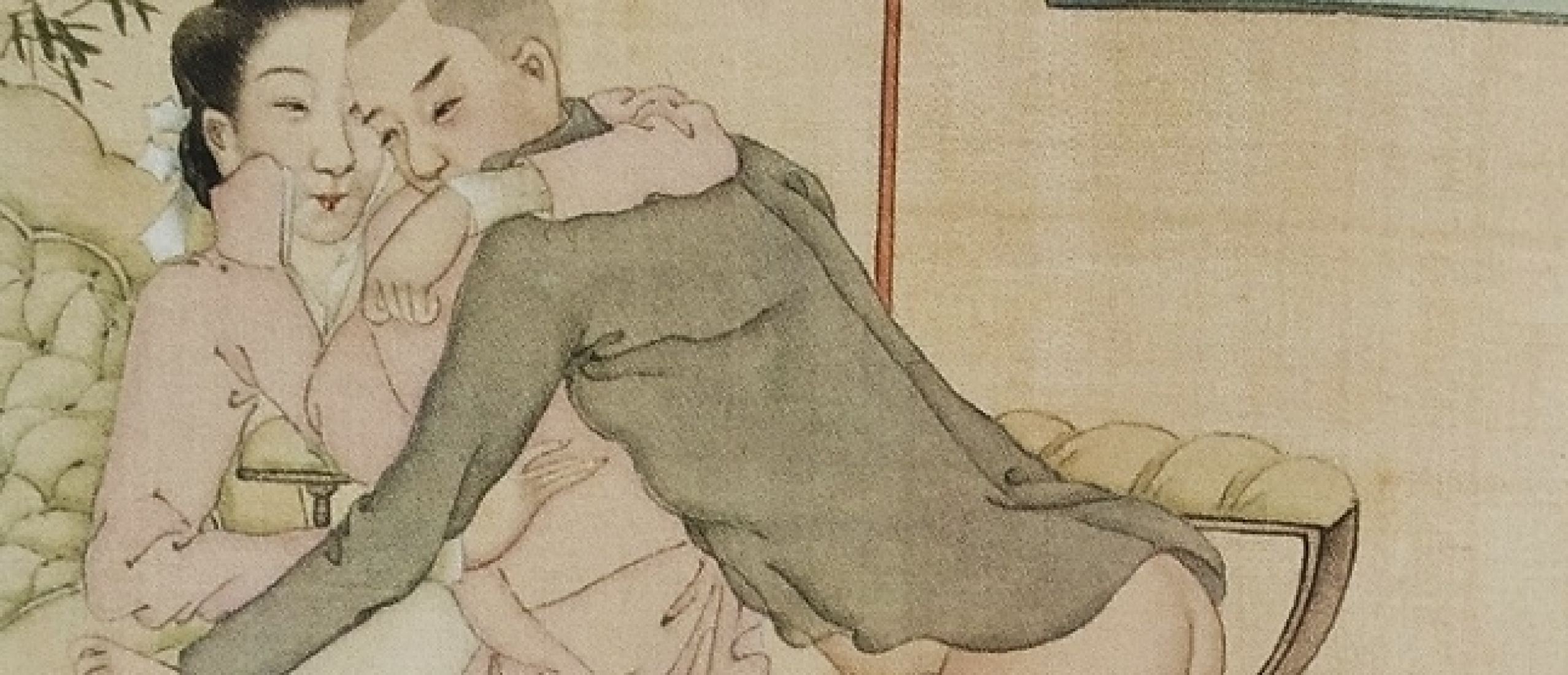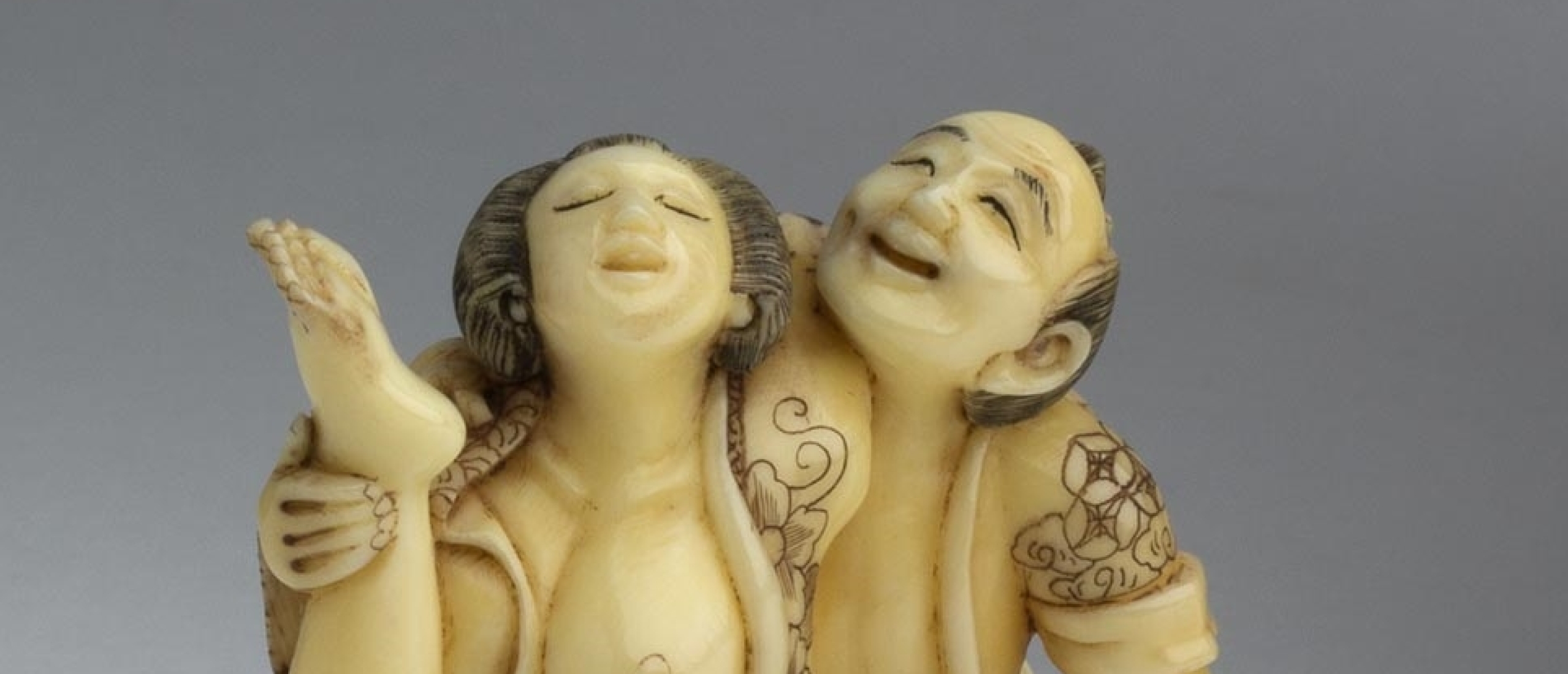
What Is Netsuke?
Netsuke (根付) is a miniature sculpture with the primary function of serving as a button fastener on the cords of an inrō box, which was utilized to store small objects. This was particularly necessary due to the absence of pockets in traditional Japanese clothing, such as the kimono and kosode. The inrō belongs to the sagemono category, which comprises containers suspended from cords on one's attire. These inrō boxes were designed to hold identity stamps and medicinal items. Comprised of nested small boxes, the inrō was secured to the obi (sash) by an ojime cord and held in place by a netsuke. It's worth noting that inrō, ojime, and netsuke were components of men's attire, as women typically carried small items in the sleeves of their kimonos.
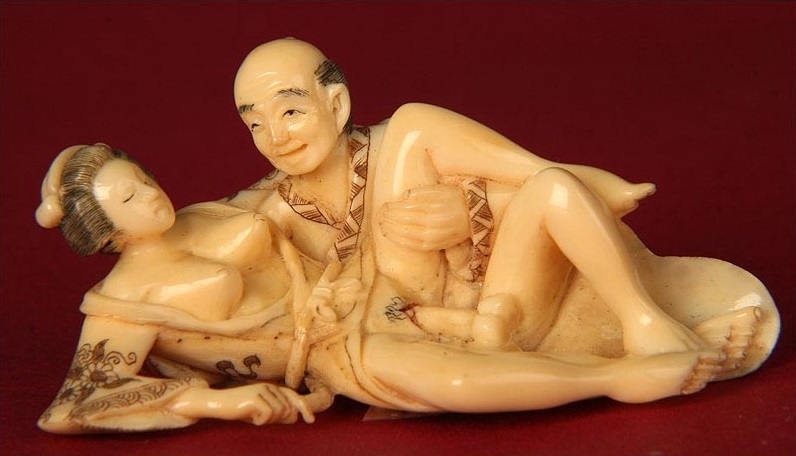
Fig.1. Ivory netsuke, late 19th century
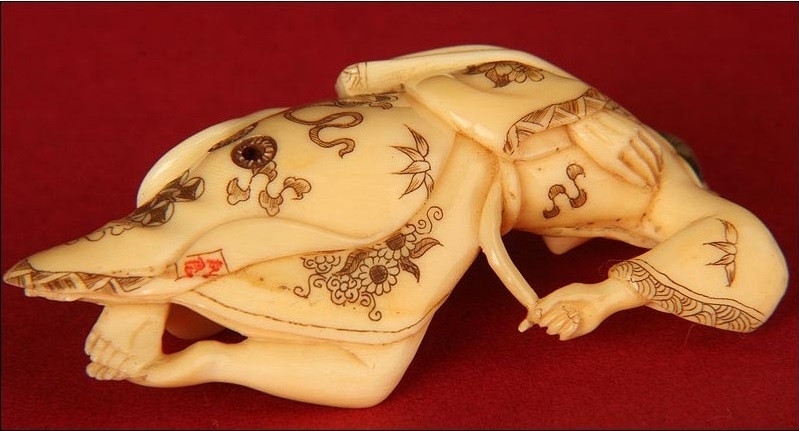
Fig.1a.
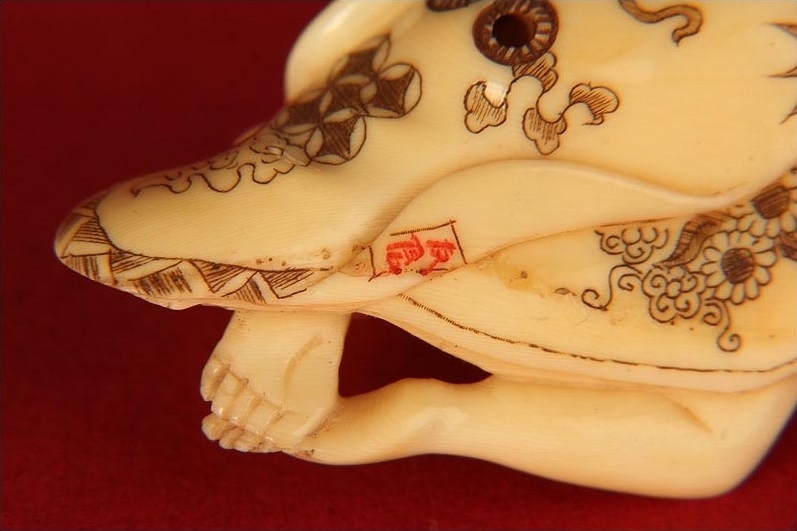
Fig.1b.
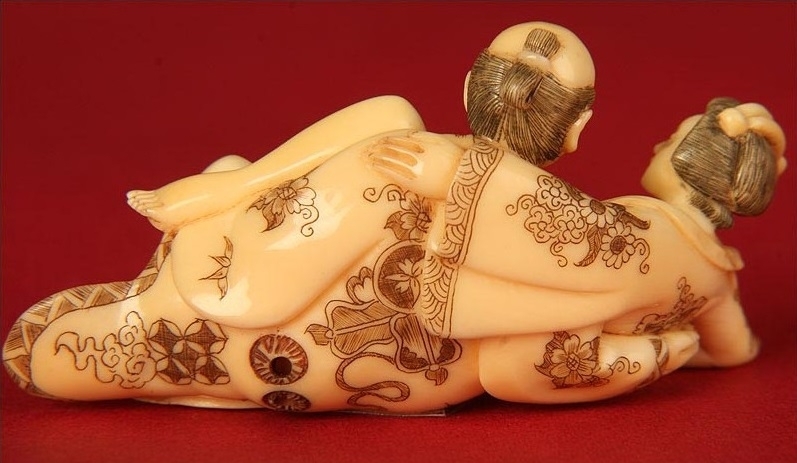
Fig.1c.
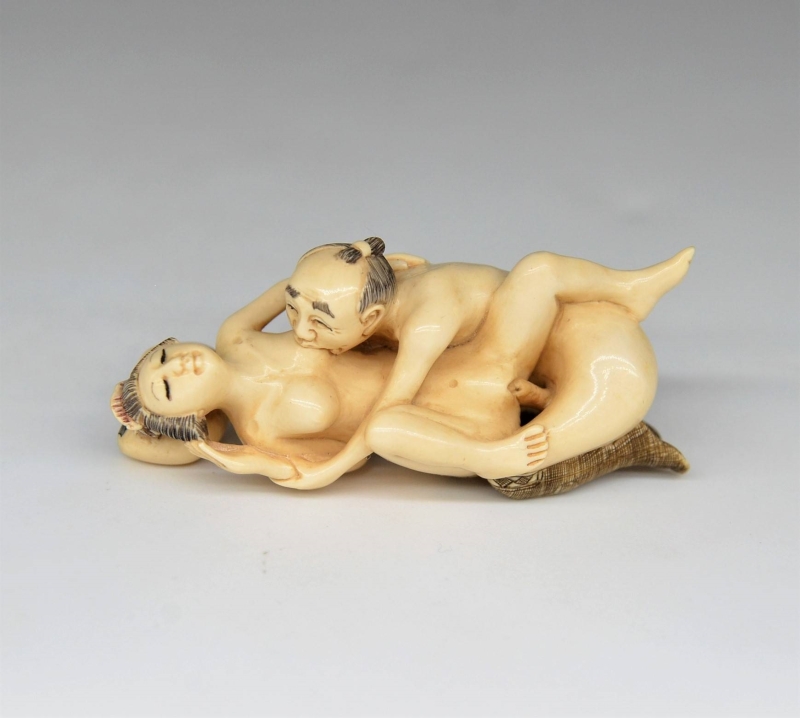
Fig.2. Netsuke of a breast-suckling lover, c.1850-1900
Renowned Artists
Over time, changes in fashion and individual preferences led to the selection of various motifs, improvements in artistic quality, and a wider range of themes. Numerous renowned artists created netsuke, and their works are highly sought after by collectors, fetching prices ranging from hundreds to as much as 100 thousand dollars at auctions. Different materials were carved to create netsuke, including ivory, boxwood, other hardwoods, metal, hippopotamus tooth, boar tusk, clay/porcelain, lacquer, and woven cane.
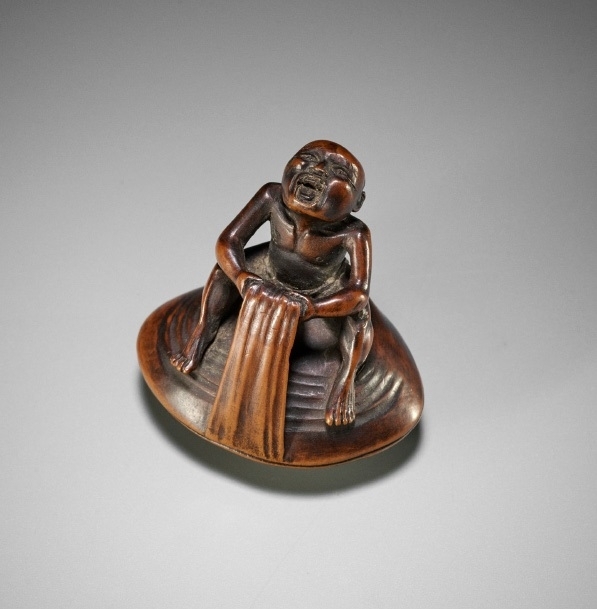
Fig.3. Wood netsuke of a Hamaguri clam with erotic scene inside, unsigned, 19th century
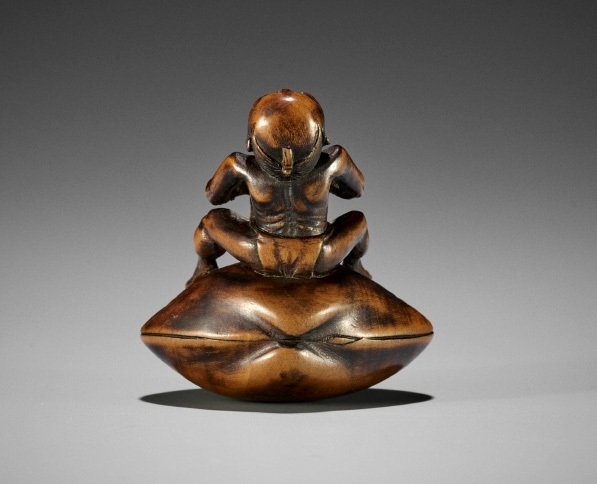
Fig.3a.
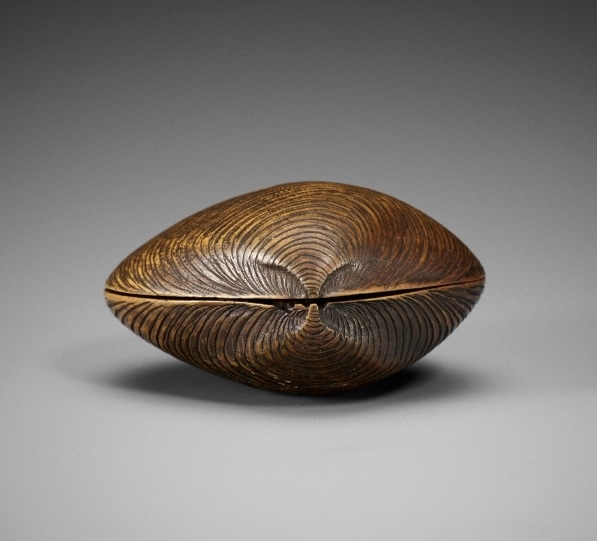
Fig.3b.
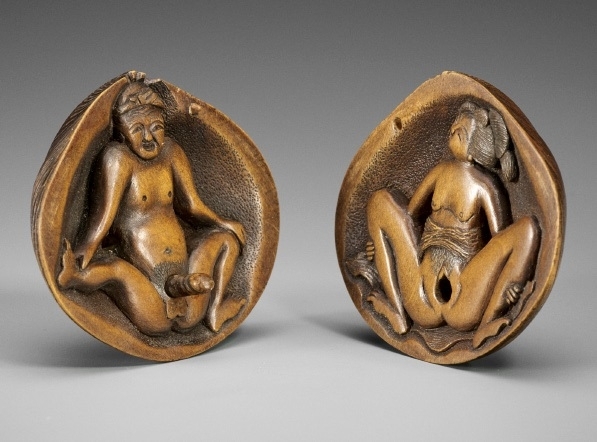
Fig.3c.
Netsukeshi
Netsuke creators, known as "netsukeshi," drew inspiration from Japanese and Chinese mythology, historical events, everyday life, and elements of flora and fauna when crafting their works. The functional nature of netsuke demanded that creators harmonize the qualities of the materials with the object's intended purpose. These two elements, materiality and function, had to be intertwined with the artistic aspirations of the work's creator.
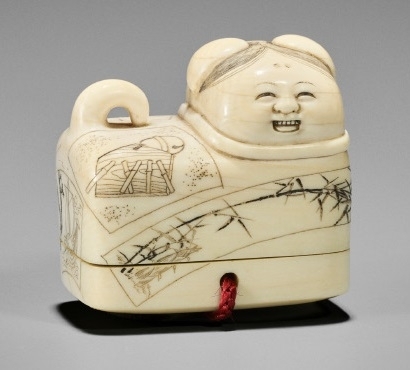
Fig.4. Ivory netsuke of an Inubariko with shunga interior by Meikeisai Hojitsu, signed Hojitsu 法實 with kakihan Japan, Edo (Tokyo), 19th century, Edo period (1615-1868)
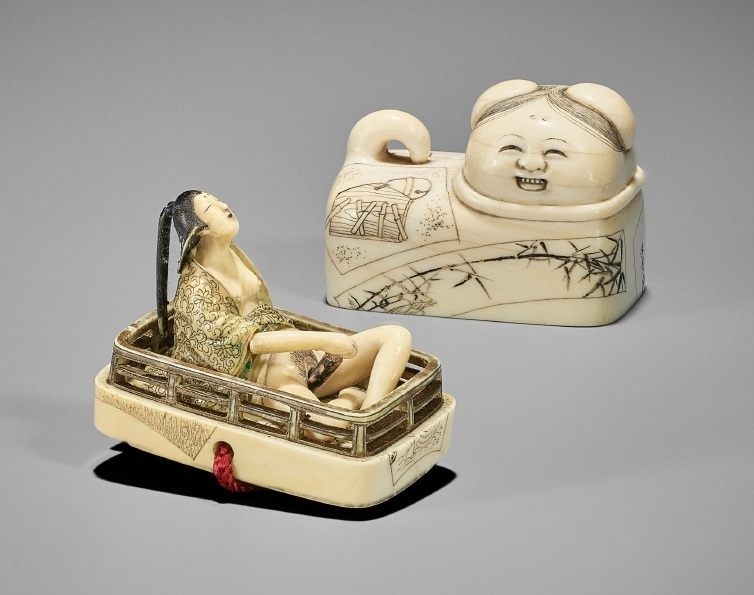
Fig.4a.
Netsuke Forgery
The production of netsuke flourished, evolving into a highly sophisticated applied art form. Its prestige reached such a point that the works of the master netsuke makers of the 16th century were falsified during their lifetimes due to their inestimable value.
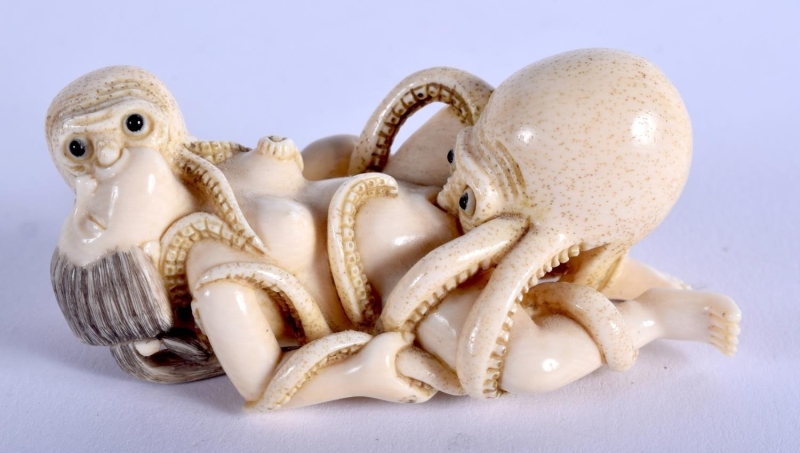
Fig.5. Ivory netsuke inspired by Hokusai's The Dream of the Fisherman's Wife, late 19th century
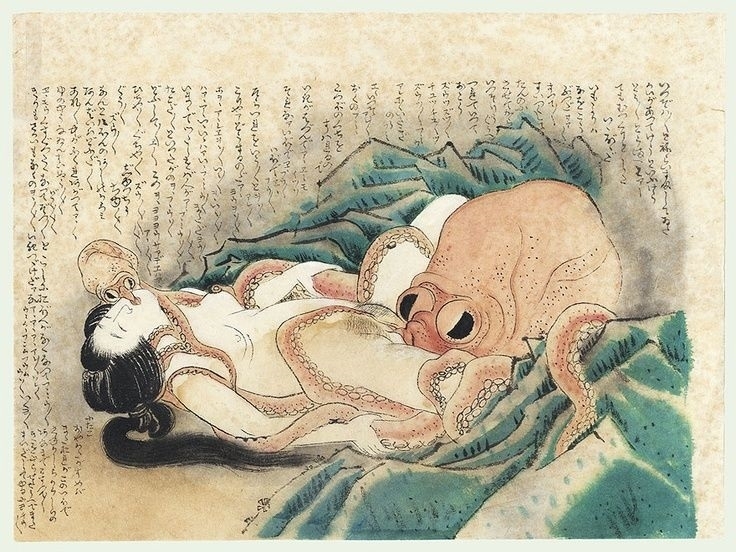
Fig.5a. 20th century Painting inspired by Hokusai's The Dream of the Fisherman's Wife by an unknown artist
Netsuke Production Centers
In the 18th century, Edo became one of the world's most populous cities, home to over a million inhabitants. In this bustling urban environment, Edo naturally attracted a multitude of skilled artisans and established itself as the epicenter of netsuke production in the early 19th century. Lacking ancient artistic traditions, the art produced in the city often stood out for its originality, occasionally incorporating touches of humor that set it apart from other centers. Other major cities, such as Osaka and Kyoto, also contributed to netsuke production. In Osaka, notable sculptors like Ohara Mitsuhiro and Kaigyokusai Masatsugu distinguished themselves as carvers of netsuke. Kyoto gained a reputation for producing animal-themed netsuke with a realistic style. In addition to these traditional urban areas for netsuke production, several regional cities and castle towns emerged, including Nagoya, Tanba, Hida, Iwami, and Hakata, partly due to the abundance of local materials. 7
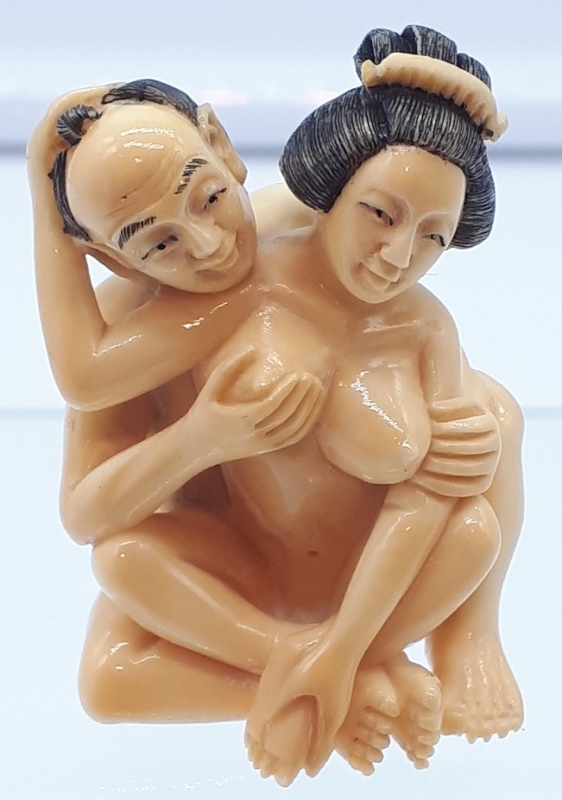
Fig.6.
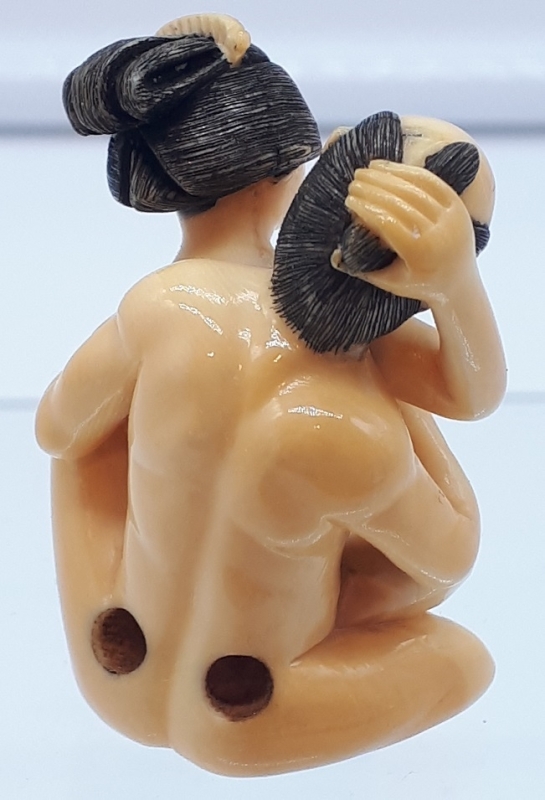
Fig.6a.
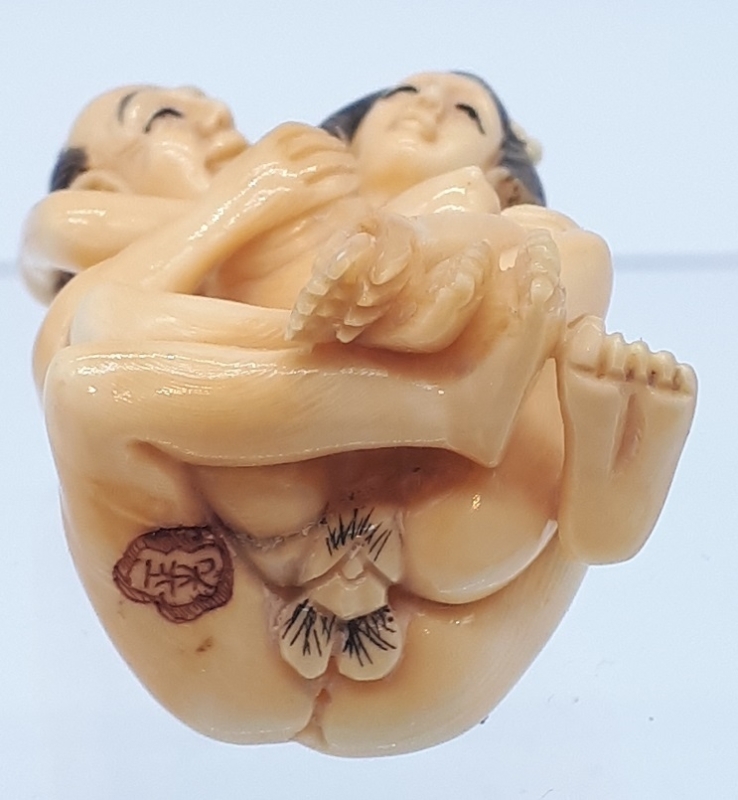
Fig.6b.
Netsuke In the 20th Century
The relative abundance and, above all, the exceptional refinement of the finish have made netsuke objects coveted by collectors today. As a result, production resumed in the 1960s in the Far East region and Russia. These pieces, differing significantly from the originals in terms of quality, can be acquired for prices ranging from $1 to $5 dollars.
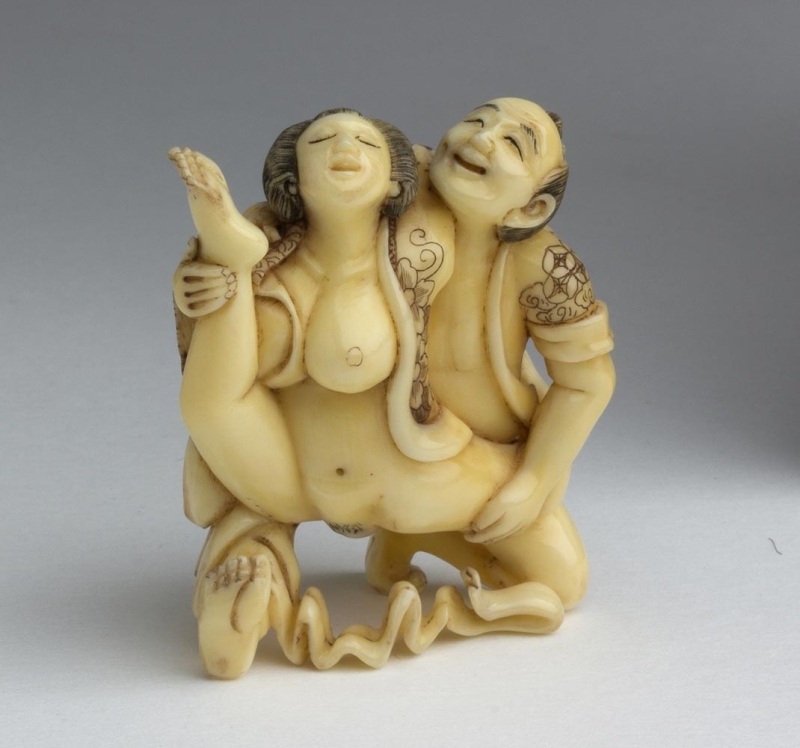
Fig.7.

Fig.7a.
Everyday Objects
Netsuke, as everyday objects and artistic expressions, reflect the spirit of the times in which they were created: Japanese society, its norms, legends, and myths. For example, samurai were legally obliged to carry a seal, which they kept in an inrō attached to their sash. Merchants also used inrō to display their status, and in conjunction with netsuke, these items served a function equivalent to that of samurai. With the lifting of laws prohibiting tobacco sales in the early 18th century, inrō, ojime, and netsuke became fashion accessories appreciated by all social classes as they were used to carry this product.
In the extended Premium edition more on netsuke themes, shunga netsuke, a closer look at the netsuke entitled "Lovers With Horny Toads," of the 20th century netsuke carver Nakamura Masatoshi, the specific aesthetics of netsuke, and numerous additional examples of these carved gems.
Click HERE for the article entitled 'The Six Laughing Balls Or Shunga Oeuvres In A Nutshell '
Source: Akantiek.nl,

